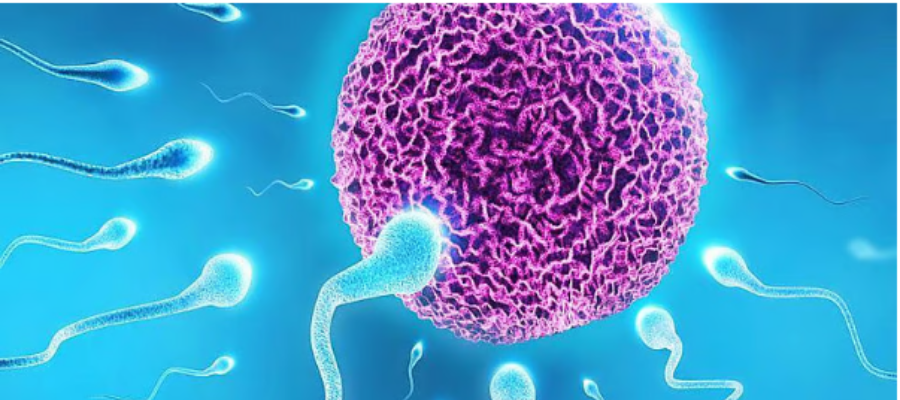Infertility: Causes, Evaluation, and Treatment
WHEN TO VISIT A FERTILITY SPECIALIST?
- If you are not able to get pregnant (conceive) after one year (or longer) of unprotected sex.
- Fertility in women is known to decline steadily with age.
- It is wise to see a fertility specialist if you are aged 35 years or older after 6 months of trying to conceive.
- Women over 40 years may consider seeking more immediate evaluation and treatment.
FOR WOMEN
- Irregular periods or no menstruation
- Severe abdominal pain, dysmenorrhoea and ultrasound findings suggestive of endometriosis.
- Previous history of pelvic inflammatory disease
- Known or suspected uterine or tubal disease on ultrasound examination.
- A history of more than two miscarriages.
- Known genetic or acquired conditions that predispose to diminished ovarian reserve (e.g., chemotherapy, radiation).
FOR MEN
- A history of testicular trauma
- Bilateral hernia surgery
- Prior use of chemotherapy
- A history of infertility with another partner
- Sexual dysfunction (Erectile or Ejaculation difficulties)
HOW DOES A NATURAL PREGNANCY OCCUR?
- A woman’s body must release a healthy egg (oocyte) from one of her ovaries.
- The egg is then sucked into the fallopian tube through brush-like structures called fimbriae.
- During the ovulatory period, if intercourse occurs, semen is ejaculated into the female partner’s vagina.
- The fertilizable life span of an egg is 12–24 hours; sperm lives 48–72 hours.
- Only 10% of sperms cross the cervical barrier; about 300–500 reach the egg, and one fertilizes it.
- The fertilized egg (zygote) travels and implants in the uterus as a blastocyst.
- Infertility may result from a problem with any of these steps.
DOES INFERTILITY OCCUR IN FEMALES ONLY?
- No, infertility is not always a woman’s problem.
- Both men and women can contribute to infertility, alone or in combination.
- 15% of infertility cases are unexplained (unknown cause).
WHAT CAUSES INFERTILITY IN FEMALES?
Women need functioning ovaries, patent fallopian tubes, a normal uterus, and favourable endometrium.
Ovarian Factors:
- Polycystic ovarian disease
- Premature ovarian insufficiency
- Low or poor ovarian reserve
- Menopause
Tubal Factors:
- Blocked/swollen fallopian tubes due to infections or surgeries (e.g., TB, gonorrhoea, appendicitis).
Uterine Factors:
- Abnormalities like fibroids, adhesions, polyps, adenomyosis, congenital anomalies, or infections.
Pelvic Factors:
- Pelvic adhesions or endometriosis affecting reproductive anatomy.
WHAT CAUSES INFERTILITY IN MALES?
- Infertility in men is often evaluated via semen analysis (90% of diagnoses).
- Abnormal semen parameters (count, motility, morphology) indicate male factor infertility.
- Azoospermia may require hormonal or genetic tests.
- Advanced tests (DNA integrity) may be advised in recurrent pregnancy loss or IVF failures.
COMMON FERTILITY DISRUPTORS (BOTH PARTNERS)
- Being overweight or obese
- Smoking
- Excessive alcohol or drug use
- High physical or emotional stress
- Radiation exposure
HOW WILL THE DOCTOR ASSESS FERTILITY PROBLEMS?
- Detailed medical and sexual history of both partners.
- Initial evaluation includes:
– Semen analysis (for males)
– Tubal patency tests
– Ovarian reserve tests
HOW TO TREAT INFERTILITY?
- Treatment depends on the cause and may include:
– Medications for ovulation induction
– Fertility-enhancing surgery (for tubal/uterine abnormalities)
– Intrauterine insemination (IUI)
– Assisted reproductive techniques (IVF/ICSI/IMSI)
HOW TO DECIDE THE BEST TREATMENT OPTION?
Doctors base treatment decisions on:
- Factors contributing to infertility
- Duration of infertility
- Female partner’s age
- Couple’s preferences after counselling about success rates, risks, and costs

